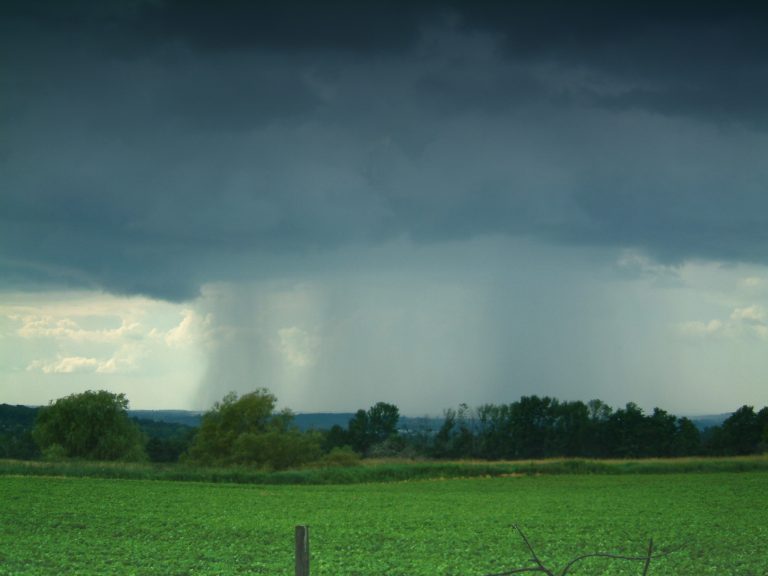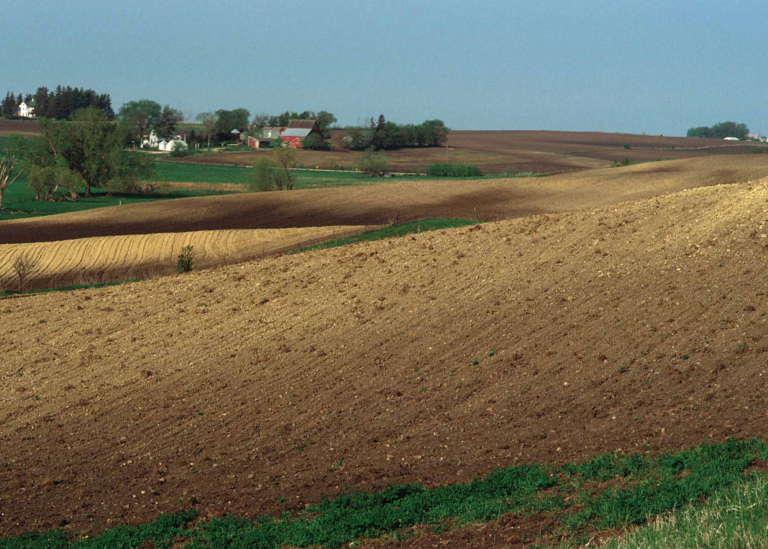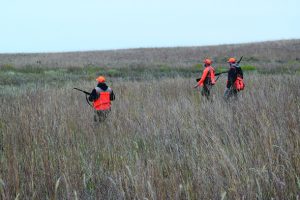(IARN) — “Everyone is at risk, when it comes to security breaches,” according to Jeff Shaffer, vice president of engagement management with Aon.
Agriculture, however, is one of the most at-risk industries.
Threats to Precision Agriculture “addresses the security threats related to the adoption and impact of new digital technologies in crop and livestock production.”
“Threat actors are going for the low-hanging fruit or what they think is a target-rich environment, depending on what type of data they’re looking for. It could be health information, personal identifiable information or banking information – everyone has some risk,” Shaffer said.
Shaffer considers passwords to be among the low-hanging fruit. He advises against using identical passwords for multiple accounts, as it puts your business at a higher risk. Instead, Shaffer recommends using password keepers to manage log-in information.
“There are password keepers you can use for (any device) that will keep them locked with a password or fingerprint ID,” Shaffer said. “Once you open that, it will have your list of passwords. There are things you can do from a personal standpoint to protect those.”
Hackers can access data through cell phones, computers, as well as online systems. Shaffer believes more automated systems could serve as a new point of compromise on a farm operation.
“It could be opening gates that shouldn’t be open,” Shaffer said. “Turning sprayers on or off, feeders, temperature controls for incubators – Those are all automated systems and they’re potential points of compromise. IT Departments are going to be looking for ways to keep those secure, but it’ll be a target for threat actors.”
Story courtesy of the Iowa Agribusiness Radio Network.
Image from KIWA Photo Archives











